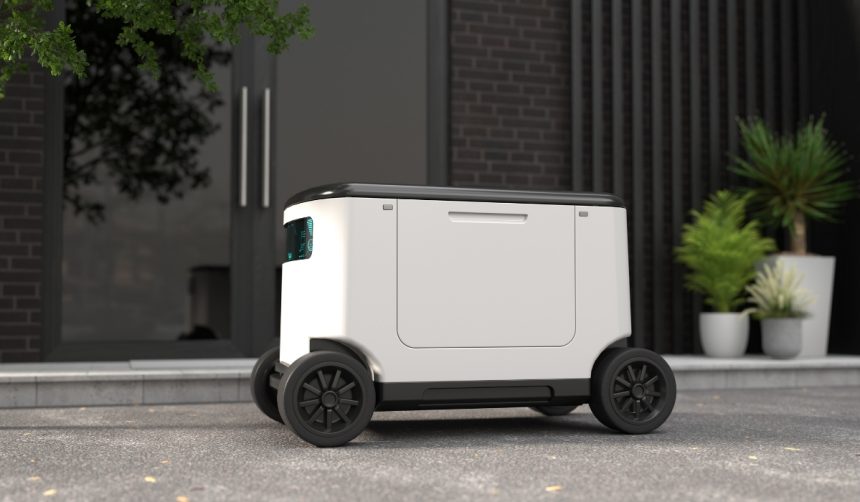In Denmark, the electrical contracting industry faces a significant challenge: a growing shortage of skilled electricians. As the country strives to meet escalating demands, particularly driven by the green transition, automation emerges as a potential solution. A new study, commissioned by Dansk El-Forbund and TEKNIQ Arbejdsgiverne and conducted by HowToRobot, evaluates the role of robotics in addressing this labor deficit. The study suggests that integrating automation could not only alleviate the shortage but also improve working conditions and efficiency in the industry.
Previous discussions on automation in Denmark’s electrical industry have predominantly focused on optimizing productivity and safety. However, recent findings highlight that incorporating advanced technologies could address up to 70% of the expected electrician shortage by 2030. This new approach emphasizes the need for industry-specific solutions, showcasing a shift from general automation strategies to more targeted applications.
Electrician Shortage Drives Automation
The shortage of skilled labor is hitting Danish electrical contractors particularly hard. According to Statistics Denmark, 37% of electrical contracting companies experience production restrictions due to insufficient labor, significantly higher than the 24% average across other industries. This exacerbates the recruitment challenges, with over a third of all electrician job postings remaining unfilled.
Lars B. Sørensen from Dansk El-Forbund emphasized the impact on current workers, noting,
“This increased demand puts additional pressure on the current electricians in the industry to work more with the risk of getting worn out faster.”
The demonstration project aimed to alleviate these pressures by automating the most labor-intensive and repetitive tasks, a goal that HowToRobot’s Mikkel Viager deemed successful.
Automation as a Relief for Physically Demanding Tasks
The project pinpointed 13 electrical tasks suitable for automation, ranging from cable pulling to channel cutting for wiring. These tasks are not only arduous but also time-consuming, making them prime candidates for robotic intervention. Automating such processes could help companies manage workloads more effectively and reduce physical strain on workers. Schougaard Berntsen of TEKNIQ Arbejdsgiverne noted,
“The analysis shows enormous potential. Automation can help ensure that a company can say yes to orders that they would otherwise have to decline due to staff shortages.”
The project also highlighted how automation could significantly improve the working environment by reducing the number of physically taxing tasks. Jesper Timming from Linde-El remarked,
“What appeals to me most about automation is that we can spare our employees and reduce wear and tear.”
This perspective underscores the dual benefits of automation: enhancing efficiency while improving employee well-being.
Limitations and Potential of Automation
The study found that while many tasks can be automated, not all processes are suitable for complete automation. Tools ranging from simple drills to advanced mobile drilling robots demonstrated varying degrees of effectiveness. Viager advised a balanced approach, suggesting that aiming for partial automation could provide substantial benefits without incurring prohibitive costs. Companies are encouraged to involve both management and employees in identifying and implementing feasible automation solutions.
Experts from HowToRobot meticulously analyzed electricians’ tasks, collaborating with company leaders and workers. Their findings indicate that a systematic review of opportunities, coupled with a deep understanding of available technologies, can lead to sensible investments, boosting both company profitability and job satisfaction for employees. This approach has been successfully applied in other sectors like healthcare and agriculture, indicating its broader applicability.
Automation presents a promising solution to Denmark’s electrician shortage, potentially addressing a significant portion of the labor deficit by 2030. Beyond enhancing productivity, automation can improve the working conditions for electricians, reducing physical strain and increasing job satisfaction. For companies looking to integrate automation, a comprehensive understanding of available technologies and collaborative planning with employees and management can optimize both costs and benefits.










